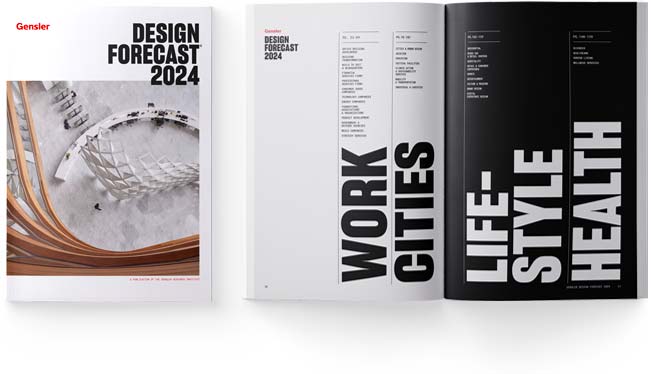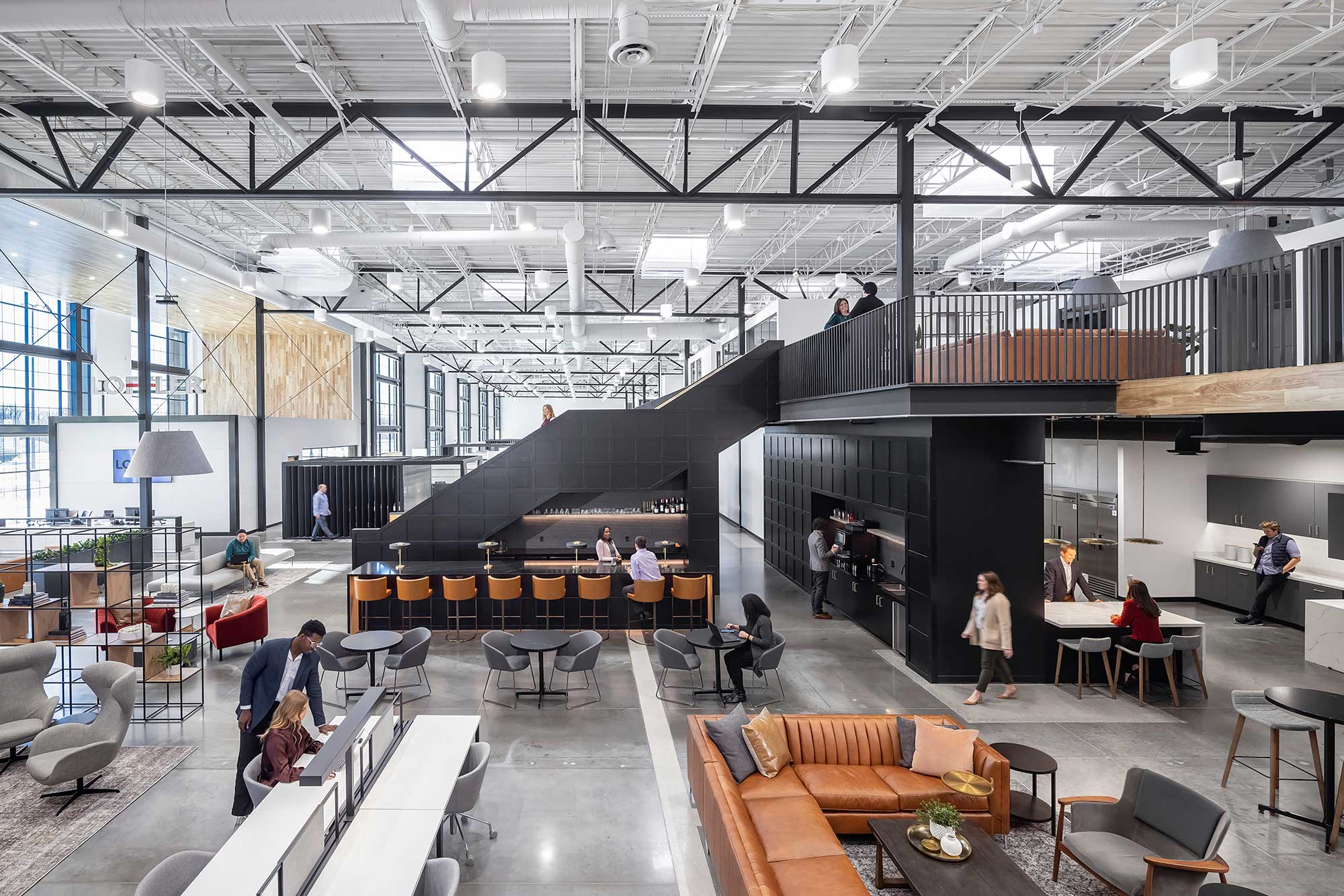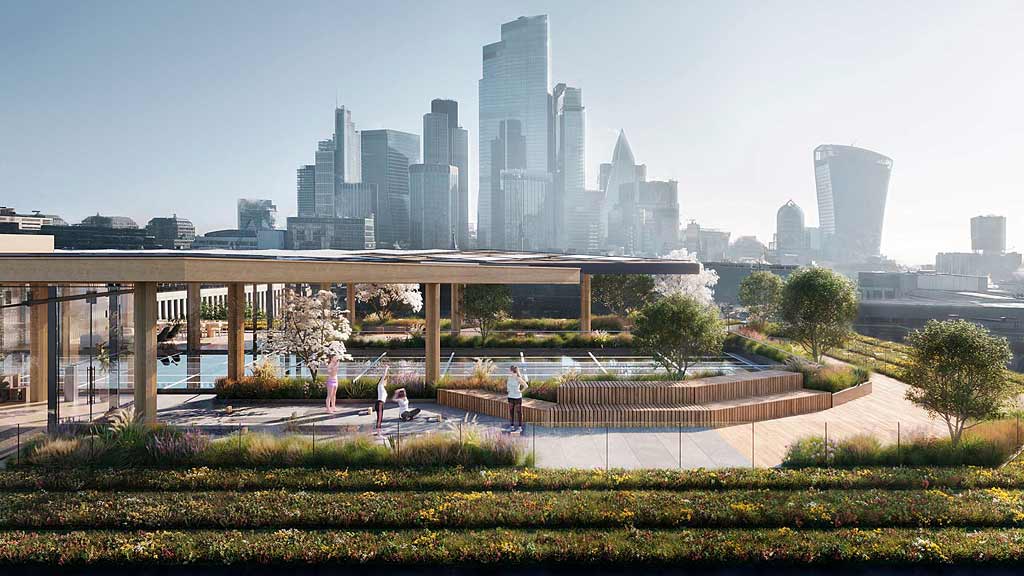
The 8 Trends Shaping Design in 2024
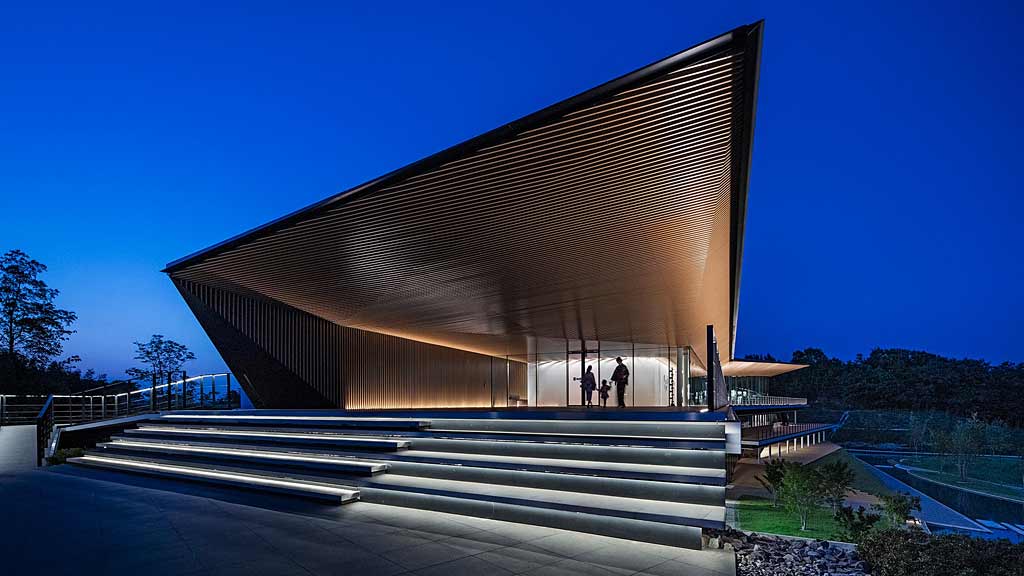
Designing for Impact
Designing the Future Workplace
While there are distinct differences across the globe in how people work, one thing is clear: the workplace is changing. The most successful office workplaces must be compelling destinations that offer a variety of inclusive workspaces where workers can focus, connect, and collaborate. Workplaces and office buildings that optimize sustainability and create meaningful and unique experiences that foster a sense of community, connection, and well-being will have a competitive advantage over those that don’t. We must design spaces that are agile enough to endure future challenges and flexible enough to rapidly evolve with the changing demands of the workforce.
Designing Vibrant 20-Minute Neighborhoods
Cities continue to undergo a period of massive transformation as they look for ways to reinvigorate downtowns and avoid disinvestment and flight. But these crises can also present an opportunity for cities to stimulate innovation, build sustainable infrastructure, and partner with the private, public, and civic sectors. The future of cities is being defined by their ability to create multifunctional 20-minute neighborhoods that successfully address the interconnected issues of thriving workplaces, attainable housing, and safe and accessible transportation.
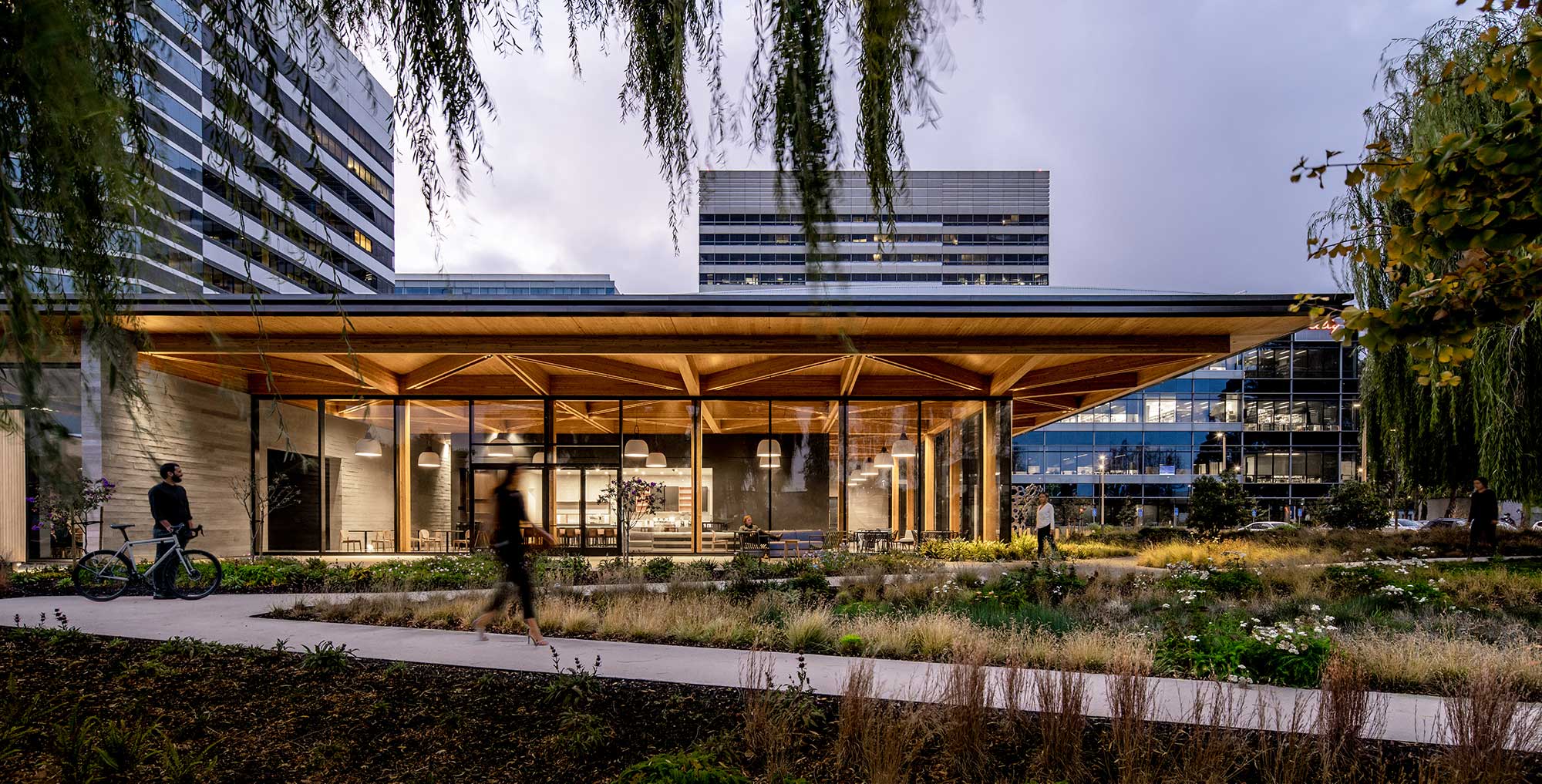
The Lighthouse is a shared amenity space for a community of biotech companies, with every detail designed at the forefront of sustainability. Targeting net zero energy, all of the building’s energy demands are generated with on-site renewable resources.
Designing Experience-Driven Districts and Places
To evolve from single-use, monolithic downtowns, multiuse lifestyle districts will replace single-use central business districts to create a more vibrant, connected, and dynamic ecosystem with a mix of uses — from entertainment to retail, restaurants, hospitality, sports, and cultural attractions. And as people continue to crave shared in-person connections, venues of all types will continue to place a premium on communal, social spaces and engaging, multisensory experiences. Open 24/7, this blend of lifestyle services and amenities can bring people back to cities and cities back to life.
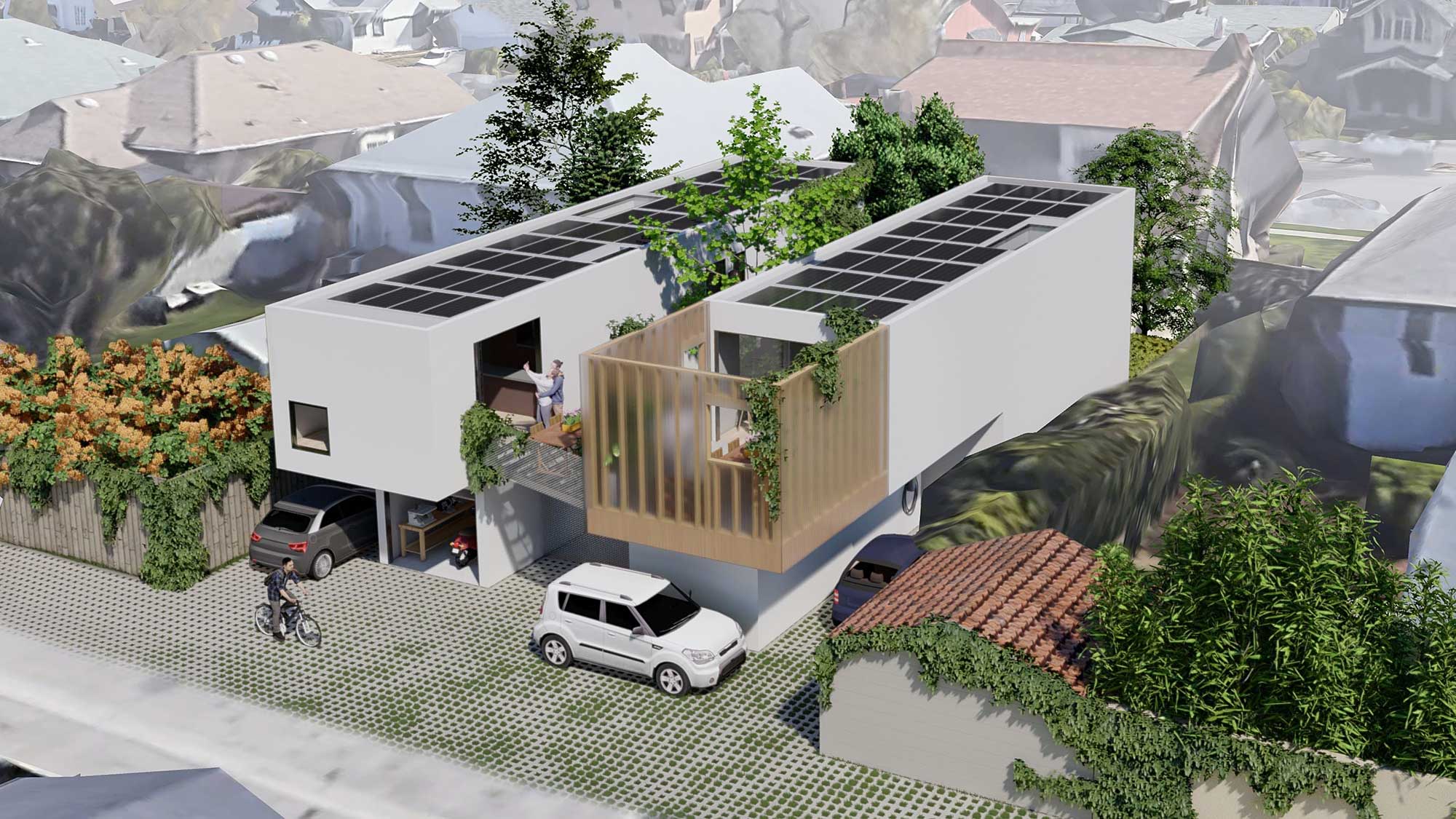
Designed to meet the pent-up need for attainable starter homes, GrowHome is a flexible concept designed to accommodate households as they expand.
Designing the Future of Health and Wellness
The health sector is grappling with compounding crises, from the lingering effects of the pandemic to a rapidly aging global population, climate change–related threats, and a renewed demand for health equity. People are seeking a holistic, integrated approach to health — one that prioritizes their personal safety and wellness and is embedded into their local communities. From healthcare and senior living to sciences, organizations across disciplines are seeking out new solutions for a range of healthcare challenges, from how we deliver and receive care to new residential approaches to aging in place.
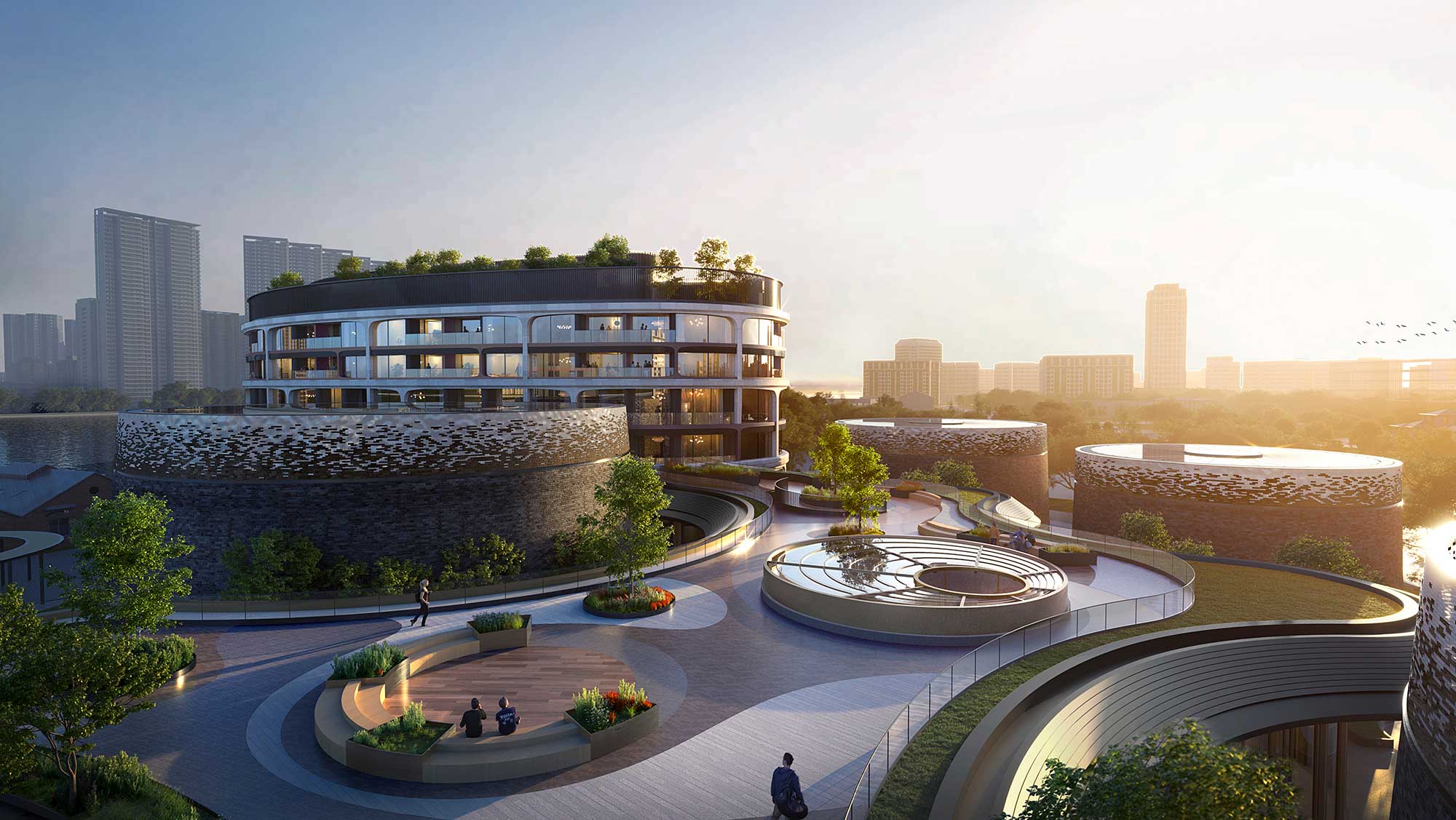
With China’s rapidly aging population, demand for integrated senior living is booming. By 2040, China is expected to have 400 million people aged 60 years or older. The country is also facing a shortage of care workers and smaller families that are unequipped to support aging parents and grandparents. As a result, a market is emerging for quality facilities that are integrated into the surrounding community with amenities for residents and non-residents. Demand is also growing for age-friendly spaces and technologies that support aging in place.
Download Design Forecast 2024
